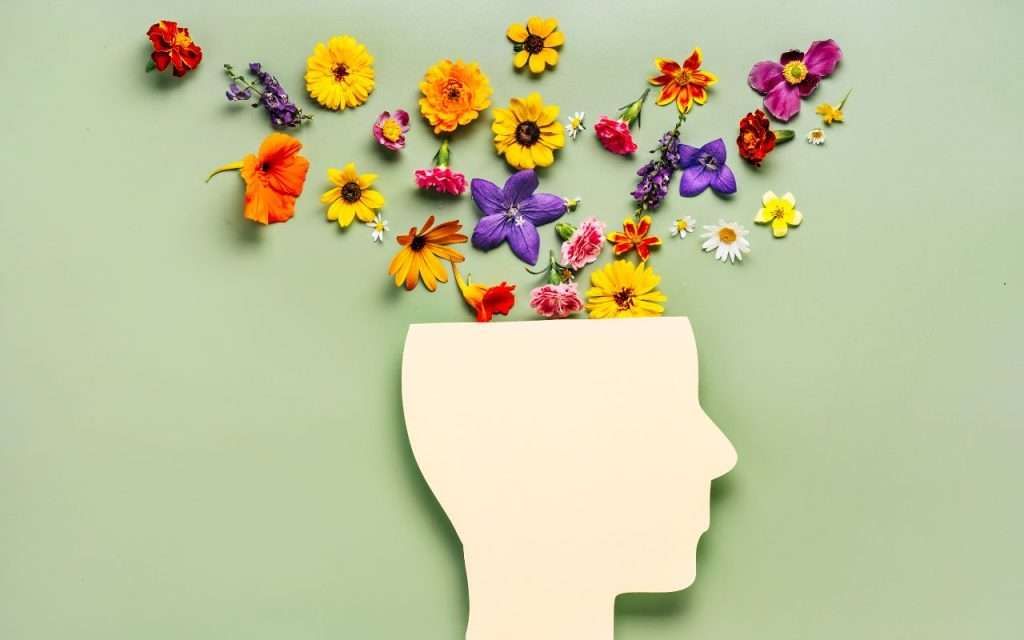
If you’re a tennis player, you might think that you need a partner to practice.
But that isn’t the case.
In fact, not only are there several ways to learn how to practice tennis alone, but it can even be more beneficial than training with a partner in some instances!
Without testing out these training tips, you risk missing out on valuable training while you wait for others to be available to rally with.
In this article, we will discuss what equipment you need to practice on your own, what skills you can work on, and common questions many beginners have about training on their own.
Settings and Equipment You Can Use to Practise Alone
A Racquet
While not necessary for all types of solo training, a racquet is a handy tool to have available for almost all types of practice on your own.
I don’t see this as a purchase, though. See it as an investment in your training and progress. If you are interested in making that investment, check out our guide to the best tennis racquets for beginners to give yourself a headstart.
A Ball Machine
A tennis ball machine is an automated machine that repeatedly fires out tennis balls periodically at a set distance, height, and speed, to allow you to practice a specific stroke or drill. Rather than nagging your friends, parents, or a hitting partner to come out onto the court with you, you can grab a bucket of balls, flick the switch to turn your machine on, and spend hours working on your stroke play.
A Wall
For great one-person practice, a wall can be a fantastic way to get plenty of reps in. While hitting partners may tire or have other commitments they must attend to, a wall is going nowhere, and will gladly be your hitting partner until your heart is content.
What You Can Work On When Practising Alone

Physical Training
Firstly, let’s focus on the physical training you can do to improve your tennis game, even if you find yourself without a partner.
Physical training includes any specific tennis practice or anything that will benefit your game physically.
Stroke Mechanics
When hitting balls against a wall or against a ball machine, it’s important not to lose focus and instead ensure that practice is precise, working on specific aspects of your game.
For example, if you are hitting forehands, what type of forehands are you working on? Are you working on gaining more consistency? If so, you may want to put something down on the other side of the court, or make a specific mark on the wall, to help you keep track of how successfully your session is going.
Alternatively, if you are focusing more on topspin, then that should be how you rate each shot rather than where the ball ends up.
Ultimately, whatever stroke mechanic you are working on, keep it as your constant focus throughout the session for maximum results.
Serve Practice
There’s no better way to improve your serve confidence than serving, knowing no one is going to fire back return winners!
For serve practice, all you need is plenty of space, tennis balls, and a racquet. A net or something similar to gauge the height of your serves is also beneficial but not absolutely necessary.
Even without a net, you can still work on your ball toss, grip, and second serve spin, along with the other key components of a great service game.
If you do have access to a court, you can easily practice hitting as many first and second serves as possible; just make sure you take plenty of balls with you, as you’ll be playing a lot of fetch.
Footwork Drills
One of the ways you can take your tennis game to the next level is by getting quicker on your feet. Moving around the court at speed is critical, as it allows you to get to more shots or get to shots earlier, giving you time to play a more aggressive return.
The good news is you don’t need a partner hitting balls all over the court to improve your footwork. There are plenty of footwork drills you can do, using cones and hurdles to increase your agility and speed.
Not only that but working on your footwork will also increase your fitness, which will help you continue performing at your best, even late into longer rallies and games. As your opponent begins to tire and make mistakes, you can capitalize and take more points, thanks to your improved fitness.

Mental Training
Another key aspect of your tennis game that many people do not spend time thinking about is your mindset.
Fortunately, training your tennis mentality is easy to do on your own and can be done in several ways. Here are some of the ways you can improve your mental tennis skill and take your game to the next level.
Improve Your Mental Toughness
How many unforced errors do you make during pressure points? How many double faults do you hit when a breakpoint is on the line?
If you’re like many players, the answer to both of those questions is much higher than you would like it to be.
One of the easiest ways to start winning more matches is to lower your unforced error rate, but that is much easier said than done. You can practice and rally all you want, but when you find yourself in a pressure situation, you need more than just skill to hold your nerve. You need mental toughness.
Working on mindset and breathing techniques which can help you in pressure situations, is a great way to continue improving your game without even picking up a racquet. As a result, the next time you find yourself at a key moment in a match, you can call on these practiced skills, keep your composure, and turn pressure situations into game-winning moments.
Take Your Tactics to the Next Level
When many of us think about our game plan, we often spend plenty of time thinking about how our perfect point plays out. It’s a strong serve, a great approach, and volley, or a blistering cross-court forehand.
Sounds great, but what about when your opponent counters?
What if you like playing at the net, but your opponent is incredibly talented at passing you or robbing you?
That is where in-depth tactics come into play. Tactics that you can work on without any additional equipment or training partners.
Spend time thinking about how you would counter such situations, how you plan to play against specific players and other tactics that will help take your game to the next level.
Shadow Strokes
Unfortunately, you can’t always find the perfect wall to play against or enough tennis balls to get good repetition in. But that shouldn’t stop you from picking up your racquet and starting to swing.
Shadow strokes are fantastic for your mental game, as you can use the time to visualize how you want each point to unfold and how you would react to certain shots your opponent plays.
You might not know it, but this training helps build your mental toughness and is also a clever way to work on your tactics and gameplay, especially if you are a visual learner.
If you ever see any footage of the professionals while they wait to come onto the court, they are often seen playing shadow strokes, envisaging how they want the match to unfold.
One great example to look for is Rafa Nadal, who is renowned for his shadow strokes in the tunnel before play.
FAQs
How can I practice tennis alone at home?
There are plenty of ways to practice tennis, many of which don’t require a partner or even a court! If you are stuck practicing at home, you can try working on your tactics, practicing your ball toss, or playing shadow strokes in the living room.
How can a beginner practice tennis alone?
Even as a beginner, there are several ways to practice on your own. You can work on the basics, like your serve, on a tennis court. Or you could find a wall to play against, where you can practice your new grip, new slice backhand, or other skills that require plenty of repetition.
Final Thoughts
If you want to improve your tennis skills, it’s not just about playing on the court. Practicing off the court is just as important. Luckily, there are plenty of ways to practice on your own. Give one of these methods a try and you’ll see a noticeable improvement when you step onto the court!
